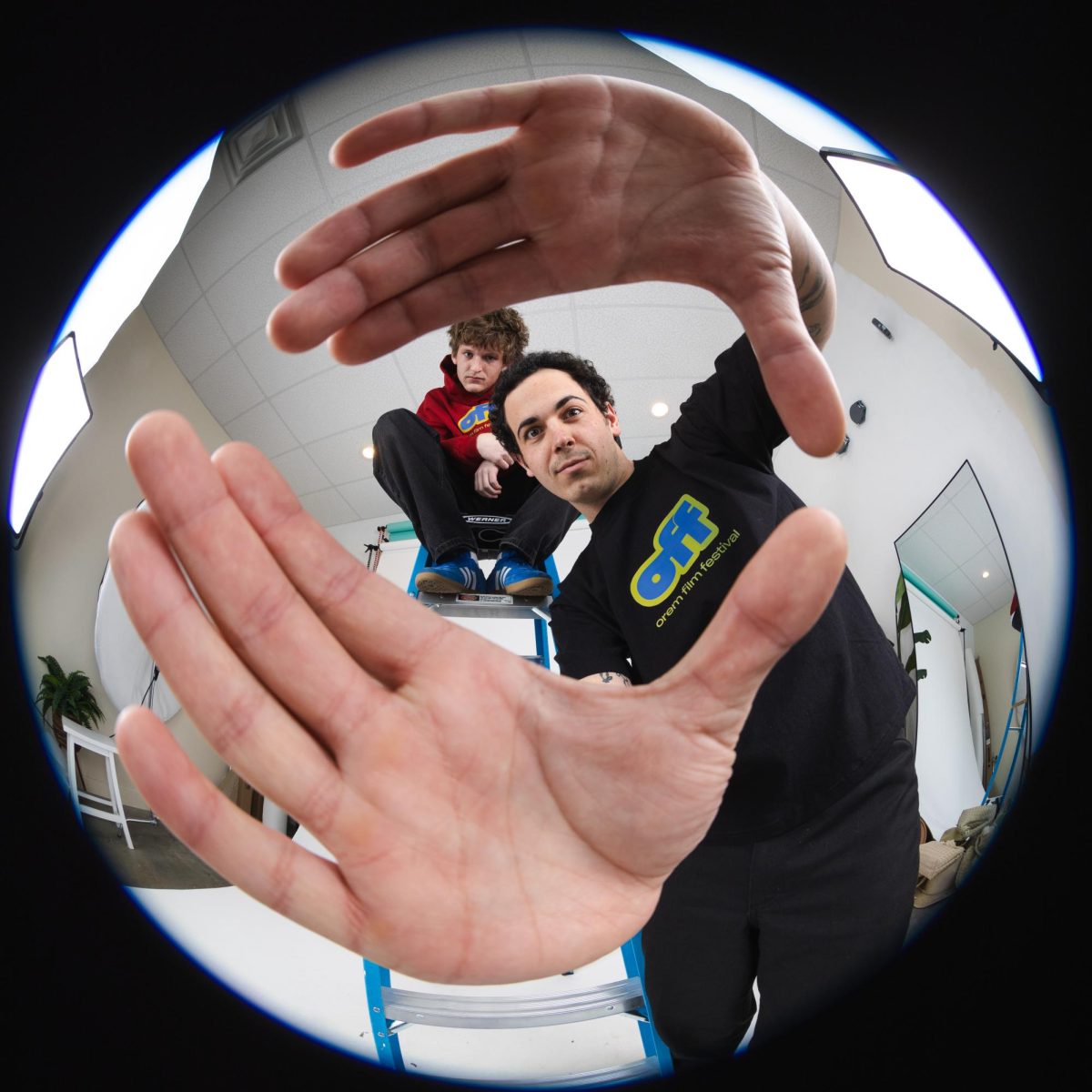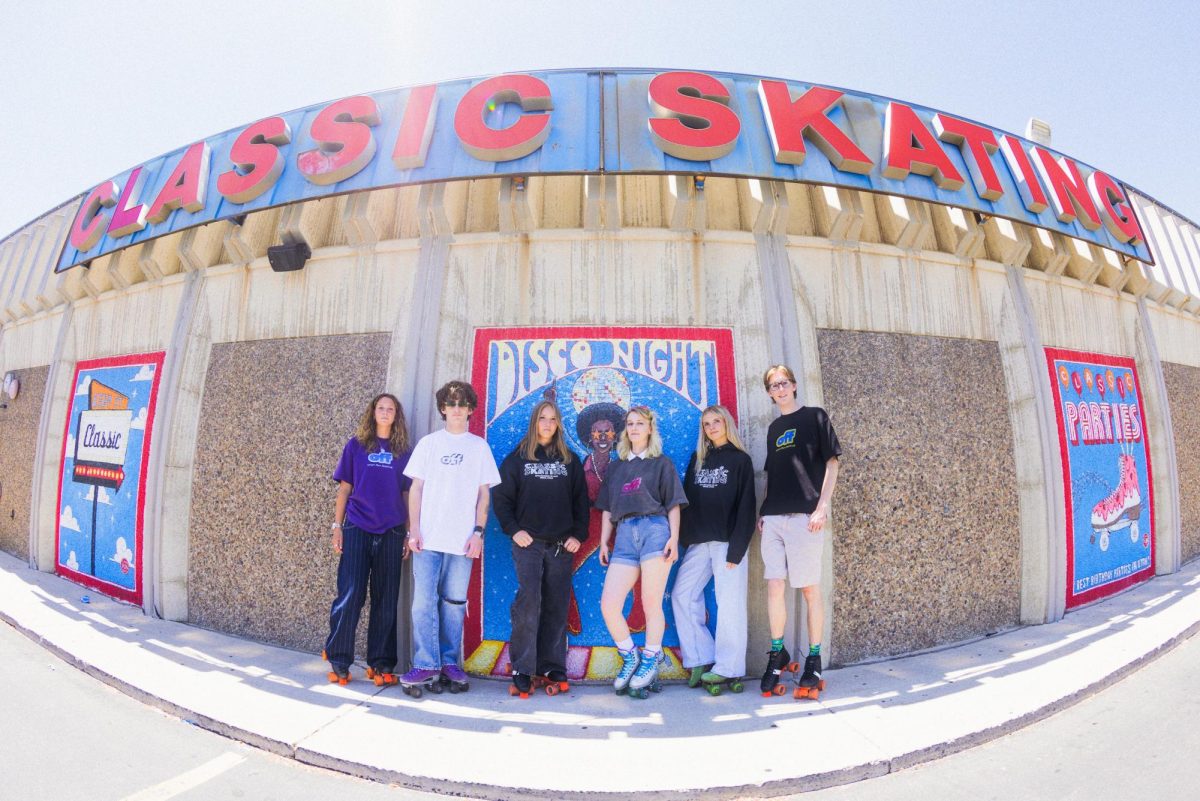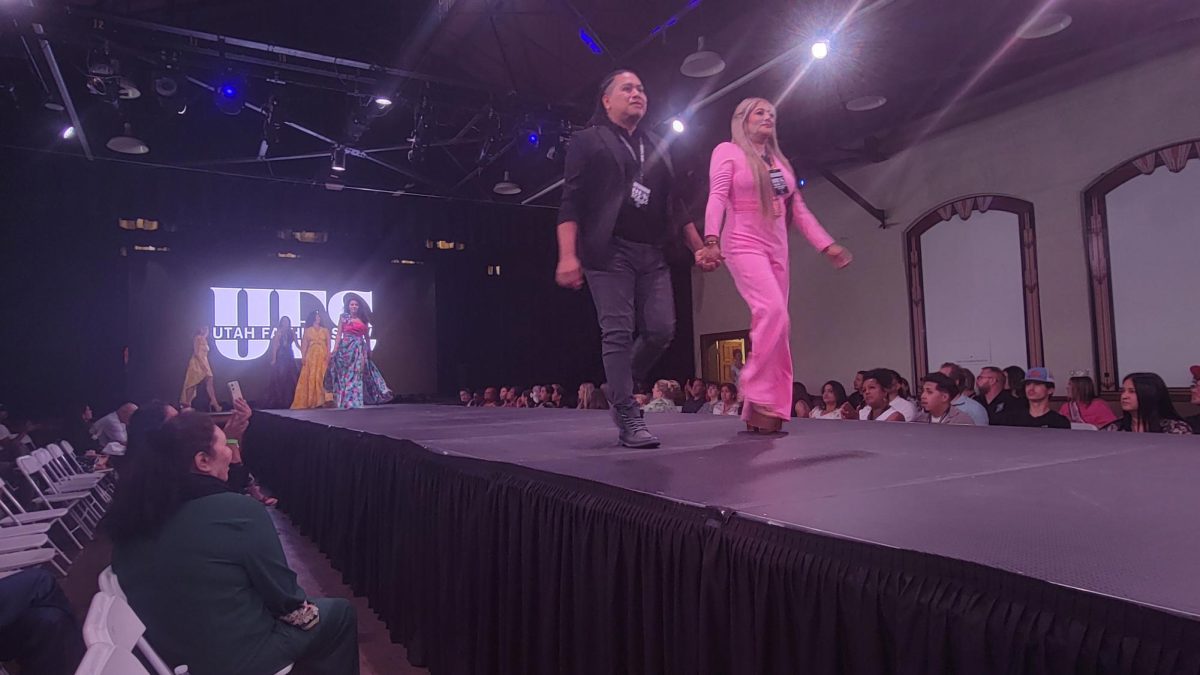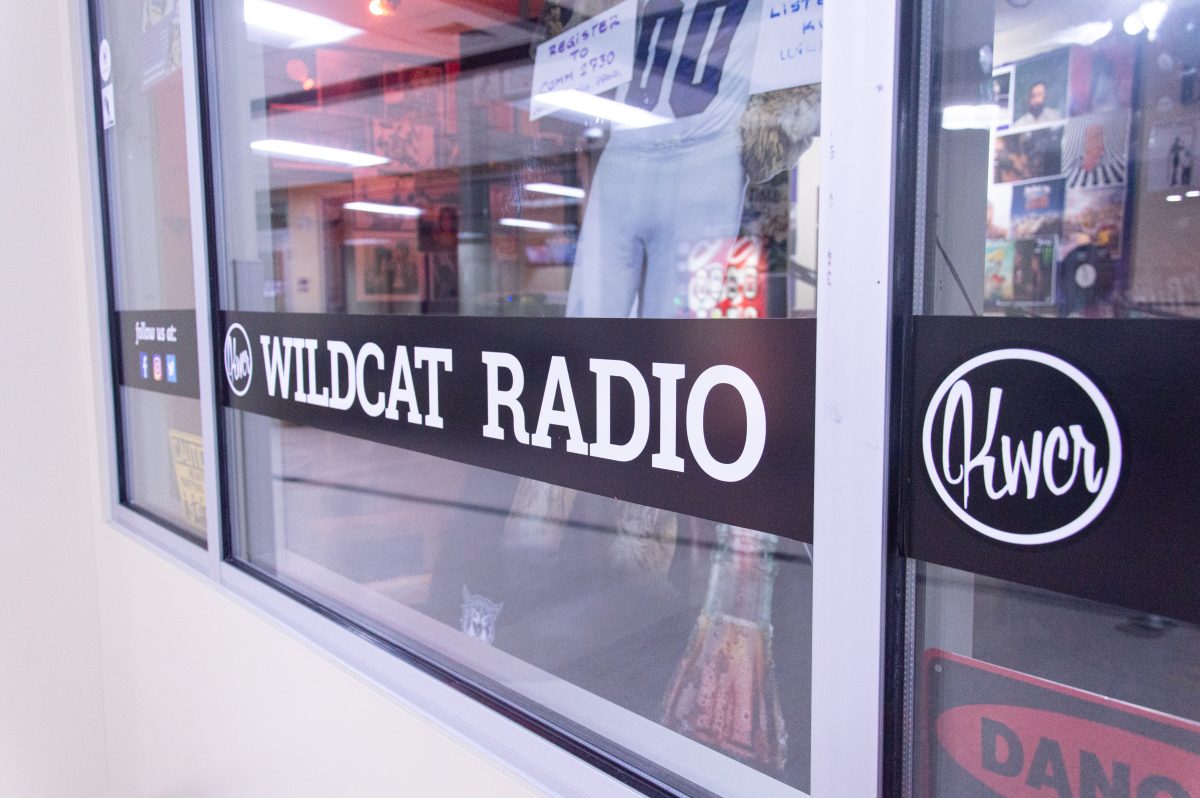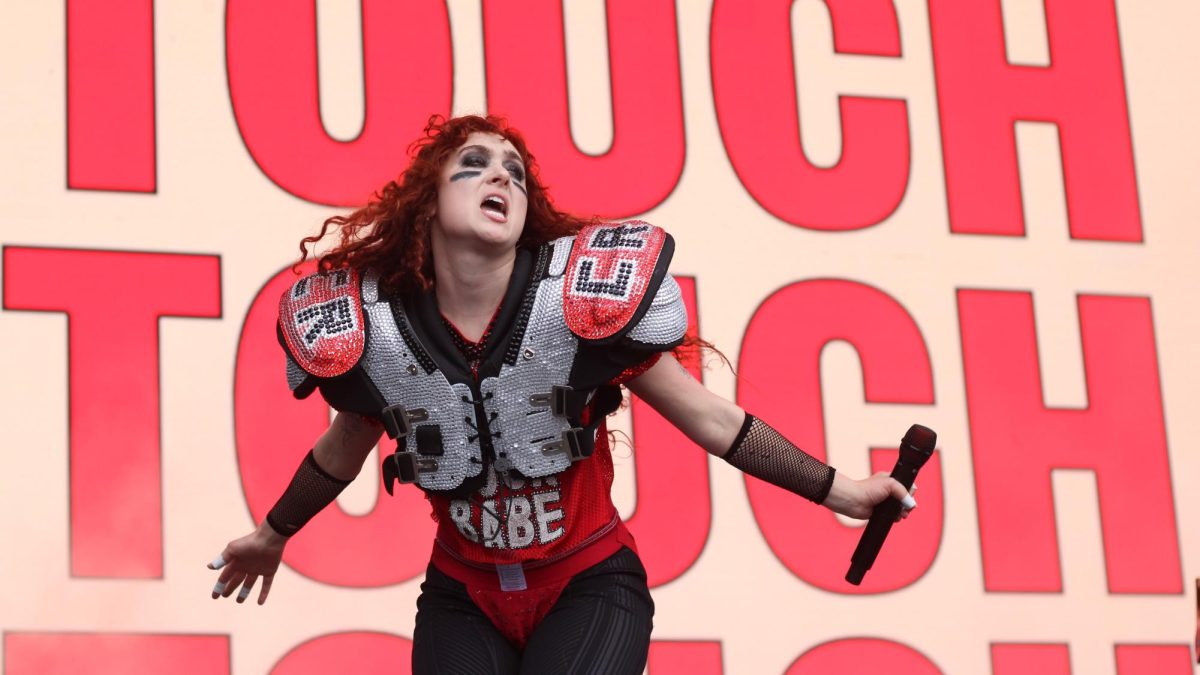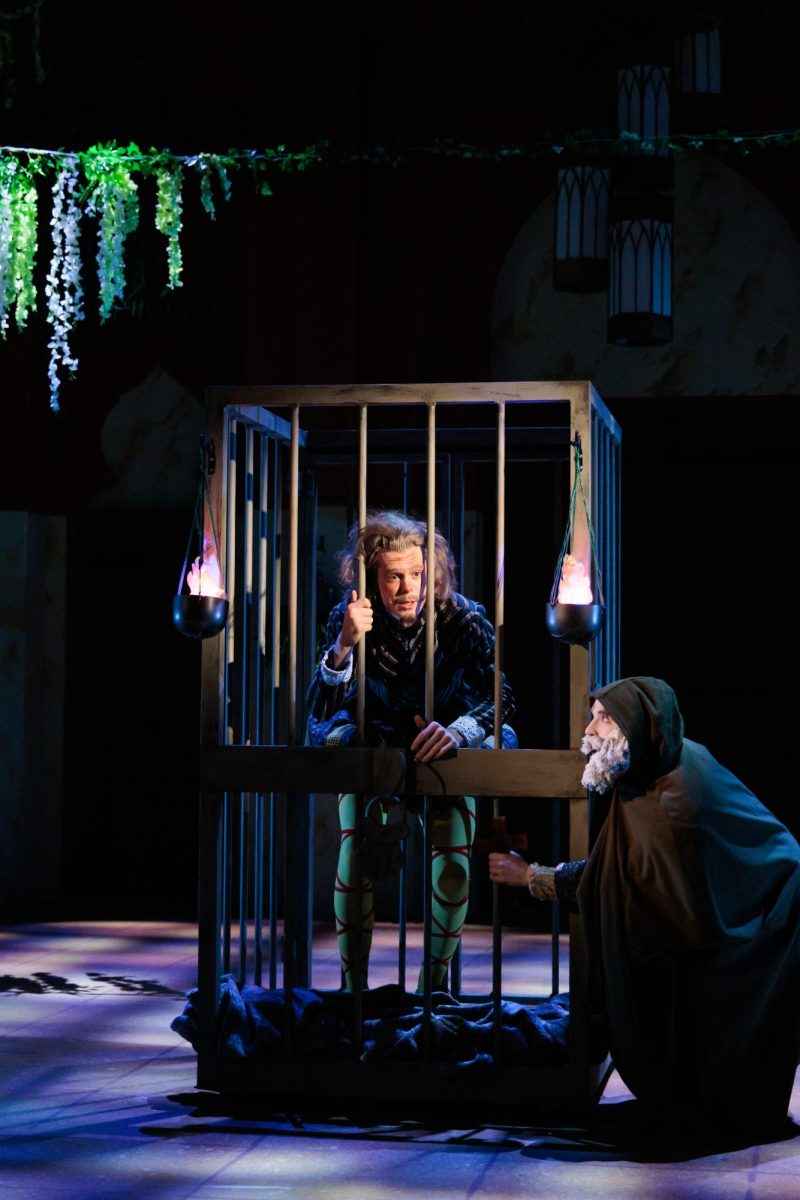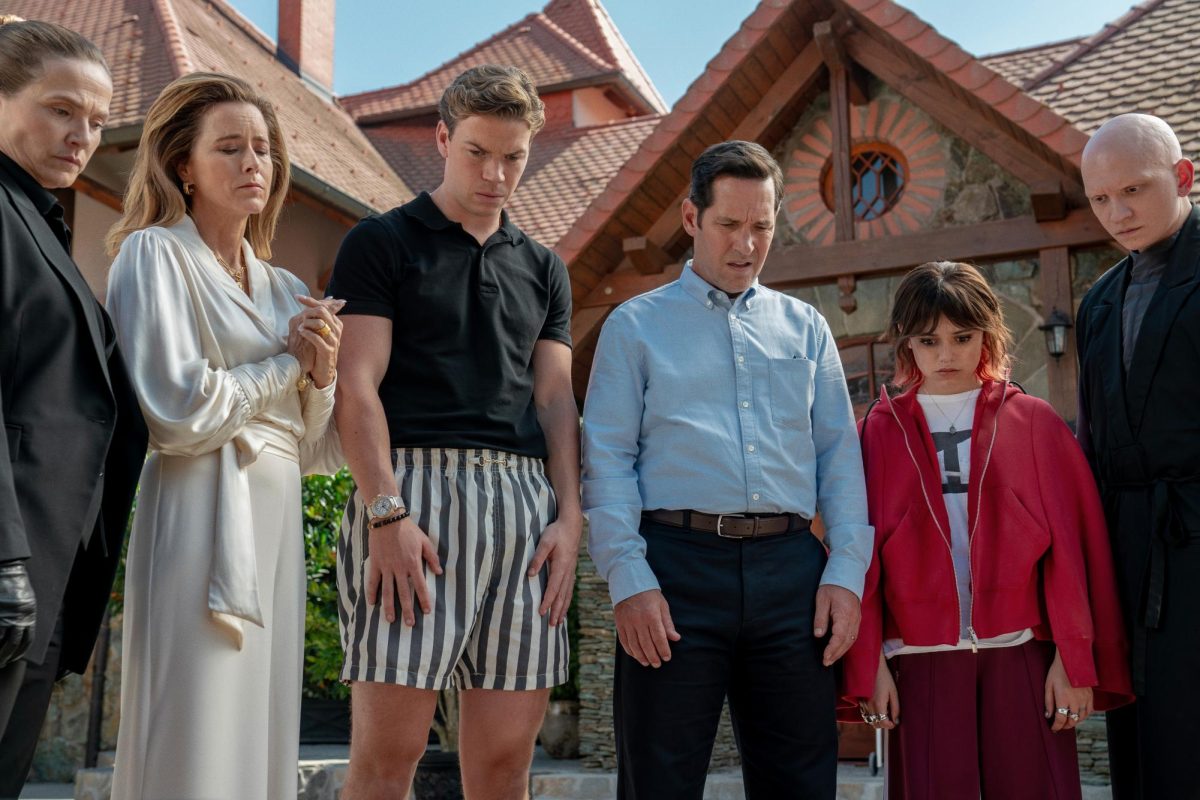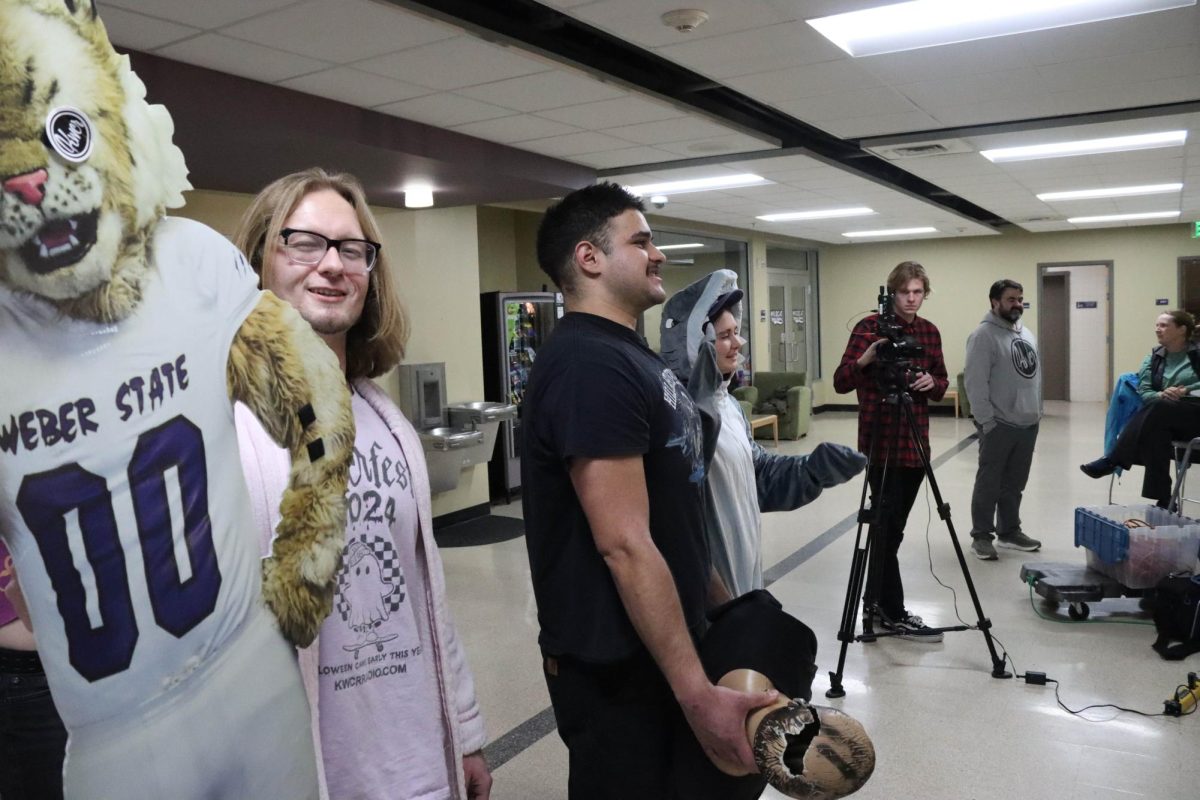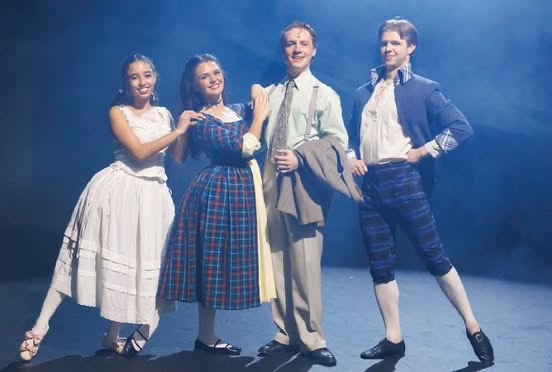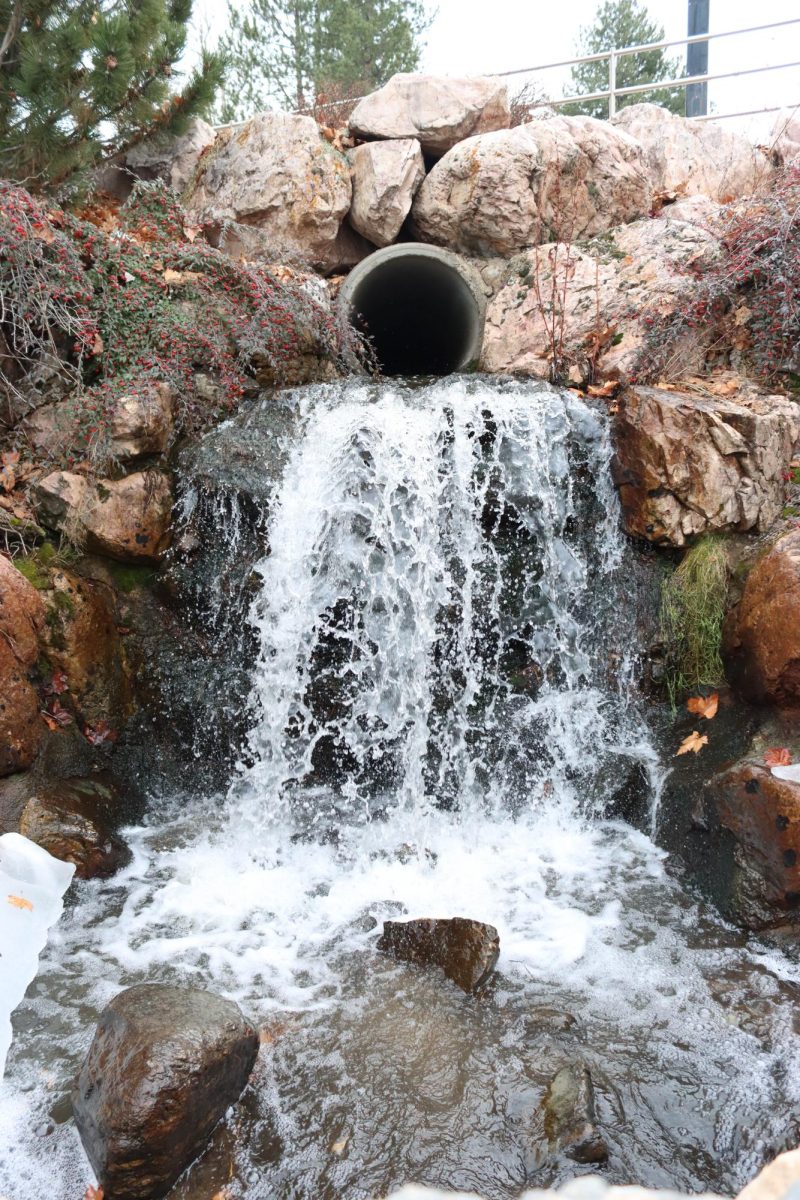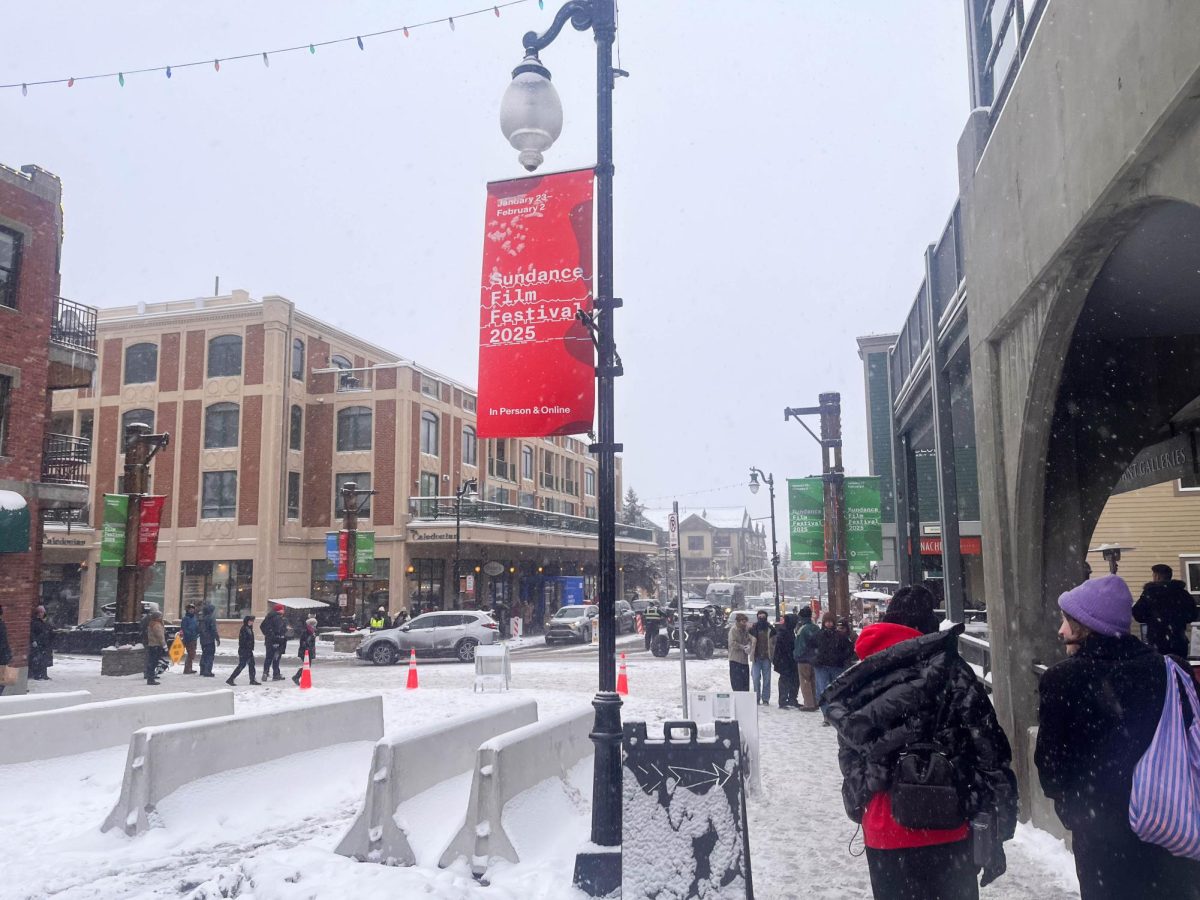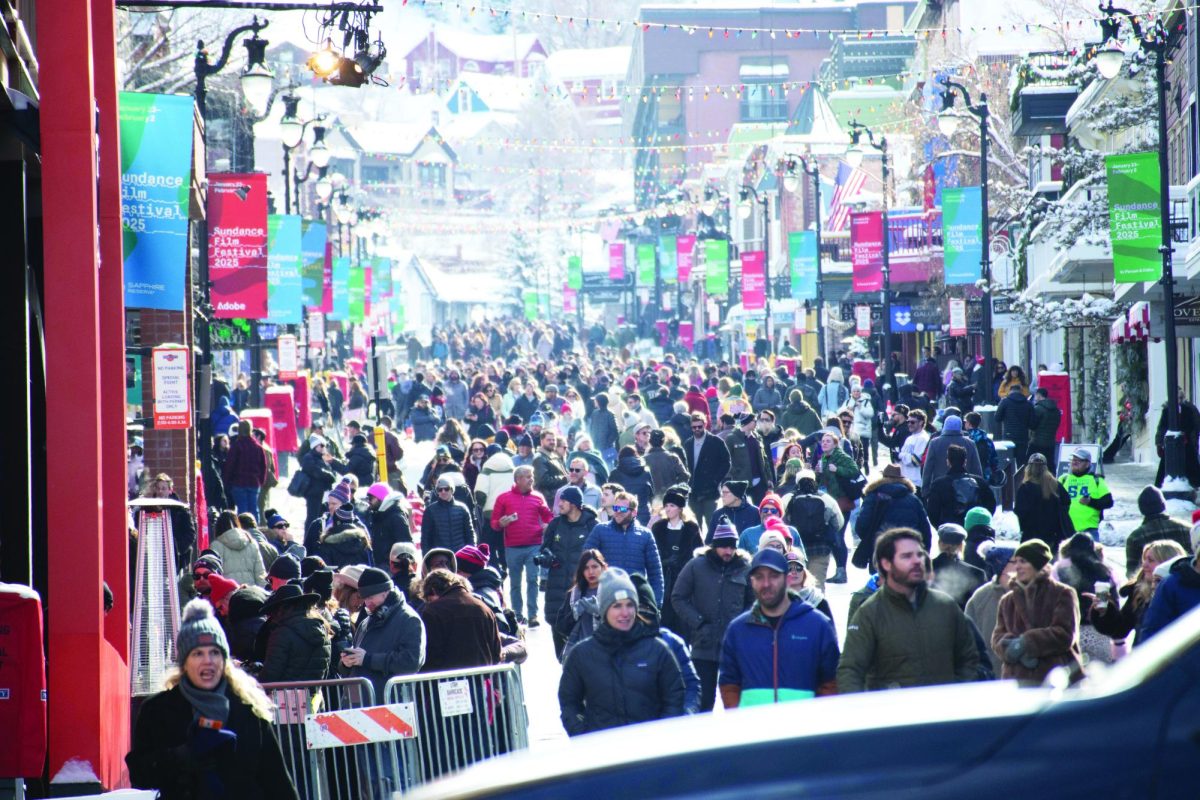This month, the Shepherd Union Gallery houses a costume exhibit put together by the Weber State University Department of Performing Arts. The exhibit, Arte Gras VIII, coincides with Mardi Gras, a traditional celebration involving colorful masks and costumes.
All of the costumes in the exhibit were made by WSU students in the Browning Center’s costume studio, managed by Jean-Louise England.
“We had a graduated student and alumni who helped put it together because we were crazy busy in here (the costume studio),” England said. “His name is Sean Bishop, and he gathered things that he thought were a good way to show off what we do up here and some of the fun projects we’ve had over the last several years.”
Many of WSU’s productions and more elaborate costumes are showcased in the gallery, including a centaur from “Xanadu,” the Headless Horseman from “Sleepy Hollow” and the infamous crocodile from “Peter Pan,” made by WSU costume designer Catherine Zublin.
“I think it’s really funny that the crocodile is in the show, because I’m looking at the crocodile during first dress rehearsal and I’m thinking, ‘Is the crocodile too sparkly?’” Zublin said. “And one of my friends says, ‘Catherine, it’s Neverland — nothing’s too sparkly for Neverland!’”
Other productions featured in the exhibit include “The 25th Annual Putnam County Spelling Bee,” “Romeo and Juliet,” The Light in the Piazza” and even “Urinetown,” which included costumes made of rags and plastic shopping bags.
“The fun thing about it is that there is stuff over there that is designed by students as well as by the faculty here. Everything over there has been made here,” England said. “I know there are some renderings over there of student designs and student work. It was just kind of a way for us to show off some of the work we do in a different way than on stage.”
The process of creating costumes for a stage production is done in three major parts: research, costumes renderings and pattern-making. During the research process, the designer collects images to show the director and decide how the final product should look. The costume renderings are drawings of the costumes that are approved by the director. Lastly, the pattern-making includes all the cutting, sewing, draping and fittings on the actors.
“There are moments when it gets hard,” England said. “And then first dress, all of a sudden you see everything you’ve been working on for the last month up on stage, and it’s kind of this relief of ‘well, it worked, it looks pretty, it does everything we wanted it to do.’ And then, opening night, you know you’re done and it’s just there for the audience to enjoy.”
The exhibit will be open 8 a.m. to 9 p.m. Monday through Saturday and 1-9 p.m. on Sunday through the end of the month. For students who’d like to see more of the WSU costume studio’s creations, “The Will Rogers Follies” is running this month in the Browning Center’s Allred Theater, and “The Comedy of Oedipus” will open on March 22.
“I think costumes are one of the best ways to portray the characters that they’re playing on stage, and to give the feel of the show and create that aspect of the production,” England said. “I usually say, ‘If people don’t criticize the costumes, I must have done my job’, because even if they don’t notice them, it means I did a good job. It’s what helps turn these actors into characters.”





